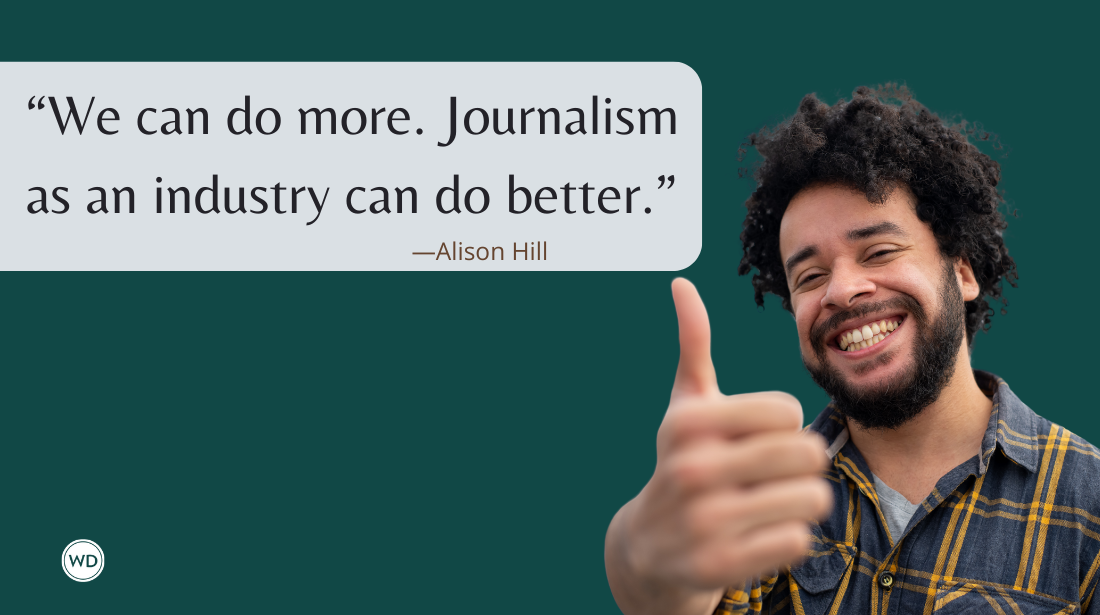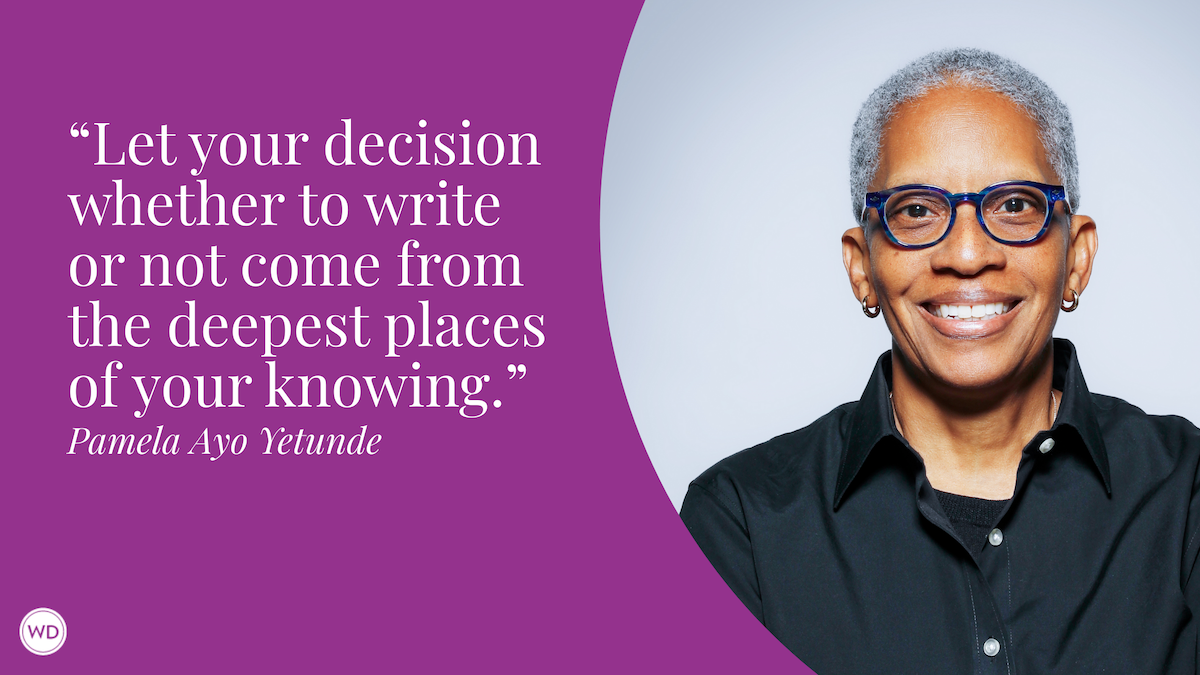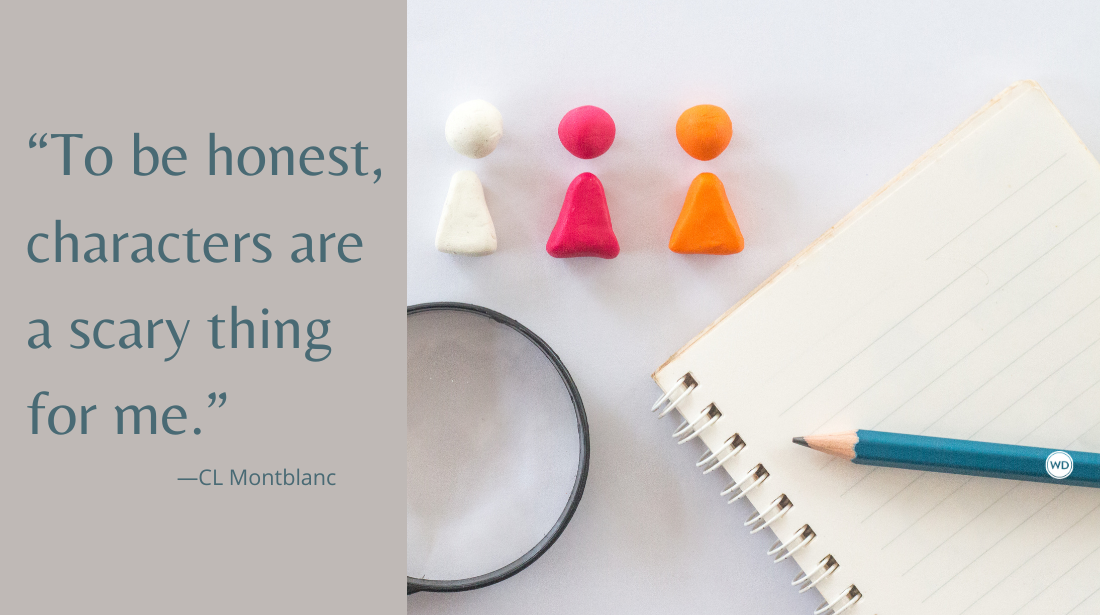Sight vs. Site vs. Cite (Grammar Rules)
Learn when to use sight vs. site vs. cite with Grammar Rules from the Writer’s Digest editors, including a few examples of correct usages.
One thing that makes our language so tricky is the abundance of homophones. It's what allows people to misinterpret "where" for "wear" and in this post "site" for "cite" or even "sight." If you're reading this paragraph, the differences in the words may pop out to you. However, if you're listening to someone read the paragraph, you may wonder why they just repeated themselves several times.
So in this post, let's look at a few homophones and determine the differences between sight, site, and cite.
Sight vs. Site vs. Cite
Sight is most commonly used as a noun in two different ways: First, in reference to the faculty or power to see (I used my power of sight to see the Statue of Liberty); second, a thing that one sees or can see (the Statue of Liberty was quite a sight). There are a few other noun definitions, including an object used to locate something (like the sight on a gun), as well as some verb definitions. But we'll avoid making our list completely out of sight.
Site also is most commonly used as a noun in two different ways: First, in reference to the space used or planned to be used to construct a structure, whether that's a town, building, monument, or other structure; second, an abbreviated way to refer to a website. Can also be used as a verb to describe the act of building something in a specific place.
Cite, on the other hand, is most commonly used as a verb in a few ways. A person can cite someone to appear before a court of law or some other official group. A person can quote or cite a passage in a text to help give weight to an argument. Also, you can commend, praise, or cite a person for exceptional bravery or good performance. Finally, cite can mean to call attention to someone or something, usually as an example or proof.
Make sense?
Here are a few examples:
Correct: The new library complex is quite a sight.
Correct: The new library complex is quite a site.
Incorrect: The new library complex is quite a cite.
Correct: We visited the site of the future arena.
Incorrect: We visited the sight of the future arena.
Incorrect: We visited the cite of the future arena.
Correct: Be sure to cite all the sources in your report.
Incorrect: Be sure to sight all the sources in your report.
Incorrect: Be sure to site all the sources in your report.
Correct (using all): You can use your sight while visiting a site to see a sight and then cite the experience on your site.
It's sort of exciting to think of all the ways the "site" homophone can be used and misused. But for most uses, you'll be in the right if "site" is referring to a location, "sight" is referring to vision, and "cite" is something you put in a report.
*****
No matter what type of writing you do, mastering the fundamentals of grammar and mechanics is an important first step to having a successful writing career.
Robert Lee Brewer is Senior Editor of Writer's Digest, which includes managing the content on WritersDigest.com and programming virtual conferences. He's the author of 40 Plot Twist Prompts for Writers: Writing Ideas for Bending Stories in New Directions, The Complete Guide of Poetic Forms: 100+ Poetic Form Definitions and Examples for Poets, Poem-a-Day: 365 Poetry Writing Prompts for a Year of Poeming, and more. Also, he's the editor of Writer's Market, Poet's Market, and Guide to Literary Agents. Follow him on Twitter @robertleebrewer.








